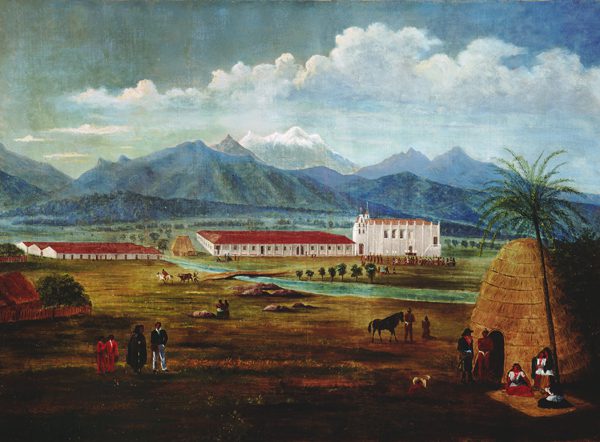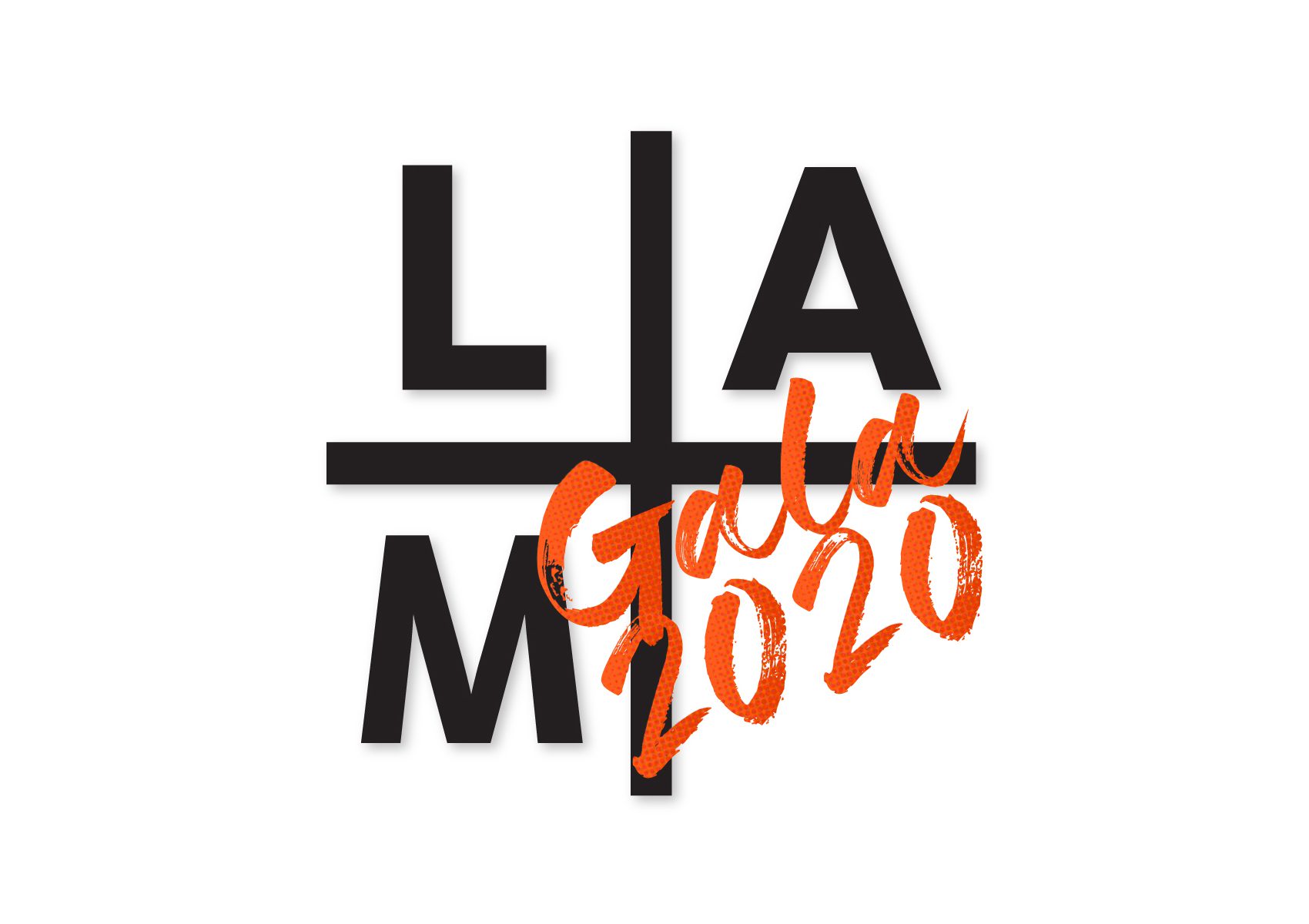San Gabriel Mission

Ferdinand Deppe
San Gabriel Mission
Oil on canvas, c.1832
27 x 37 inches
Gift of Nancy Dustin Wall Moure
1994.083
This painting shows a scene from the time when California was Mexican territory. In the foreground are Native Americans of the Tongva people, who became known as the “Gabrielenos,” and who were pivotal in helping to create the Mission complex with Franciscan missionaries under the direction of Father Junípero Serra (1713-1784). In the 1830s the missions were about to undergo a process of secularization and were at the height of their power economically. The artist alludes to the extensive wealth owned by the Catholic Church by making a point of showing the complex of large buildings that were part of the Mission compound and the river running through it. Although some of the land would be distributed to the Mission Indians, the major beneficiaries of the secularization were those with influence—the former Spanish soldiers and settlers known as the Dons. They were given large land grants, which would become the Ranchos of California.
This change in power and wealth is indicated in the depiction of two well-dressed Dons in the foreground of the painting. The one on the left walks with a Franciscan monk; another on the right converses with the Gabrieleno Indians. It was from these two sources, the Church and the Indians, that the Dons secured their power. The painting chronicles the end of the mission system and the beginning of the secularization of California. It is a rare document of a specific time and place in California history, but it also points to the way the state was to grow and develop. The ranchos established land-use patterns that are still recognizable today as many current communities echo the boundaries of the original ranchos.
Another version of the composition, close in size to the present work, is at the Santa Bárbara Mission Archive-Library.






